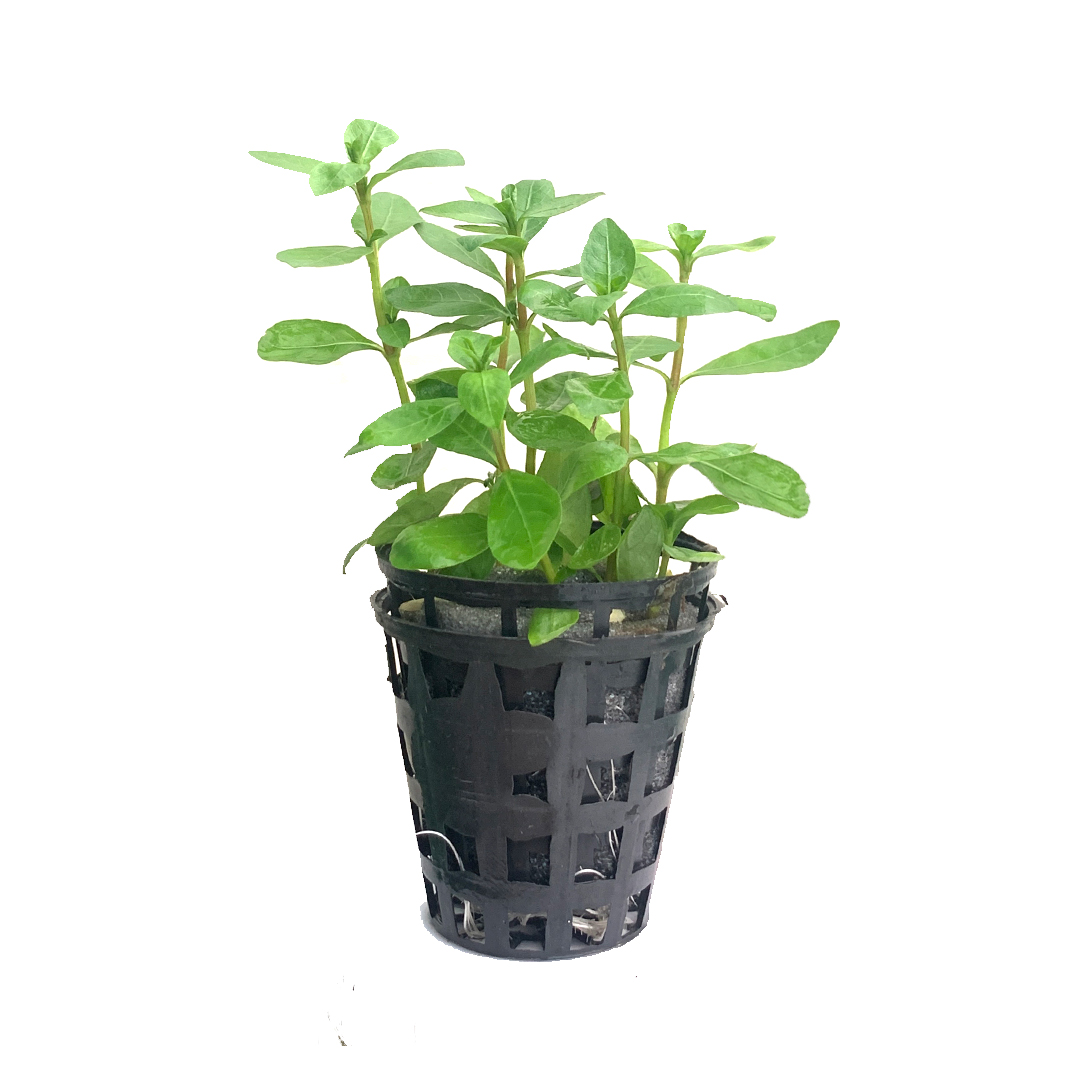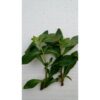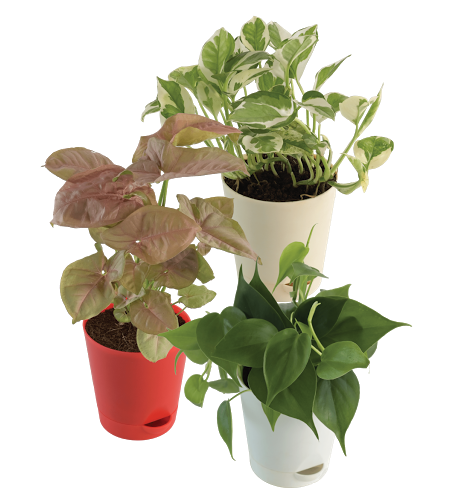Staurogyne sp “Porto Velho” has only been known in the hobby for a few years in Europe, and it is still very rare. This South American plant grows slowly, develops a creeping growth habit under water, and produces narrow lanceolate leaves with a long pointed tip. It appears greyish-green with a slight purple tint when submerged. This attractive carpet-forming plant requires adequate lighting as well as a steady supply of CO2 and nutrients. In comparison to Staurogyne repens (see that plant’s profile), Staurogyne sp. ‘Porto Velho’ is currently only rarely cultivated in Europe. However, it is one of the most popular new foreground plants in the United States and Japan. It is a very appealing, versatile plant that will most likely remain popular for many years to come. Staurogyne sp. ‘Porto Velho’ is obviously identical to the aquarium plant Hygrophila sp. ‘Roraima,’ which is most likely an import. The Brazilian federal states Rondonia (with the capital Porto Velho) and Roraima are both located in the country’s west. As a result, it is highly likely that the plants collected there originally belong to the same species that is found in both of these states. This plant was initially thought to be a Hygrophila species, but its inflorescence resembles that of the related genus Staurogyne.
Staurogyne repens (also known as Staurogyne sp.) was previously thought to be Staurogyne sp. ‘Porto Velho,’ but the two plants are not identical. Staurogyne sp. ‘Porto Velho’ differs from Staurogyne repens, for example, by having narrower, lanceolate leaves with an apiculate tip and a greyish green or even purple leaf colour. Even in its underwater form, the stems are clearly hirsute light brown, whereas submerged S. repens stems are green and hairless to only slightly hirsute.
There are not yet enough experiences to compare the cultivation requirements of S. sp. ‘Porto Velho’ and S. repens; however, there is a tendency for S. sp. ‘Porto Velho’ to be a slower grower and more demanding in general, but not requiring more light than S. repens.
Under all conditions (except low light), S. sp. ‘Porto Velho’ has a creeping habit and covers the ground, similar to ivy, making it an excellent foreground plant. When not shaded, its otherwise greyish green leaves turn purple in spots. This Staurogyne adapts slowly at first, but grows rapidly after a while, necessitating only infrequent trimming. Trimming the entire group results in faster growth and is soon rendered invisible. As a result, this method should be preferred over the removal of large chunks. This is also an excellent method for obtaining cuttings for propagation.
Cultivating this species emersed can be a challenge. A steady but gradual addition of macro- and micronutrients, combined with bright lighting, is required. The emersed form of S. sp. ‘Porto Velho’ has a larger, more ovate leaf, similar to Staurogyne repens, and a heavily hirsute stem.
Where does Staurogyne repens come from?
Staurogyne Repens is a South American aquatic plant with a low growth rate. The leaves are small and spade-shaped, with a light green colour. S.
How should Staurogyne repens be planted?
In general, one stem should be allowed for every 2 to 3 gallons of water in your tank. Plant each stem about a half-inch deep into the substrate. This depth allows the roots to grow and is deep enough to keep the plant in place.
Is CO2 required for Staurogyne repens?
Staurogyne repens is a robust and vital plant that prefers medium to high light levels and CO2 supplementation. Staurogyne repens necessitates fertilisation as well.









